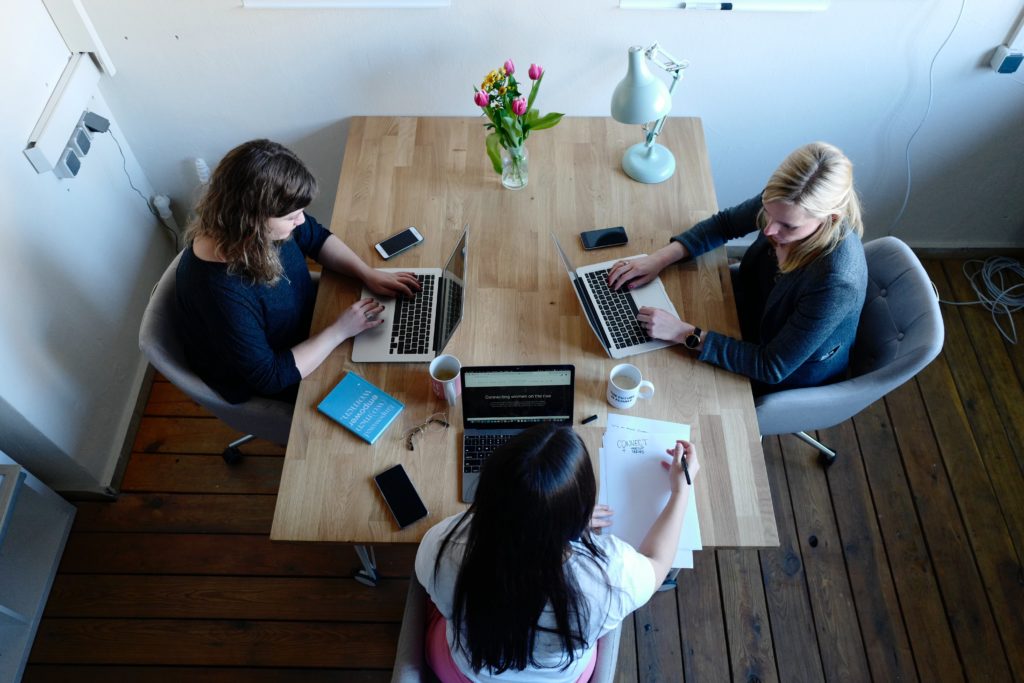
by Emidia Melideo
Despite some necessary and more or less timid steps forward, in Italy the situation regarding female employment remains unsatisfactory: according to the Gender Equality Index 2019, created by the European Institute for Gender Equality, our country in fact it ranks 14th in Europe with 4.4 points below the EU average. Before us Spain, Slovenia, Austria, Germany, France, Belgium, Finland, Denmark, Ireland, Luxembourg, Holland, United Kingdom, Sweden. As can be easily imagined, the starting figure is the employment rate (of people aged between 20 and 64 years) which is equal to 53% for women and 73 % for men.
Between women and men in couples with children, the gap is much wider than in couples without children, while it decreases indirectly in proportion to the levels of education, coming to be almost three times lower between women and men with a level of highly educated compared to people with a low level of education. Also the time devoted to professional work and the fields of employment are significant and significantly different: around 33 % of women work part-time, compared to 9% of men. Women (6%) are also less present than men (31%) in the scientific, technological, engineering and mathematical professions. Tiziano Treu, president of CNEL, spoke of the need for "a cultural leap", underlining that the fundamental question remains that of bringing more women into the labor market, also because "female access to the market would" in itself "lead to increases in GDP" .
Welfare policies
And it is precisely to take advantage of this increase that real needs would be necessary welfare policiesrather than simple gender measures. The first step can only be to intervene on the work-family balance, where most of the time it is the woman who takes on almost the total responsibility of managing the family and the house. In the time domain, Italy's score in Gender Equality Index it is 59.3 points, lower than that of the EU (65.7 points) with an increase since 2005 in the gender gap in the distribution of time dedicated to cooking and housework. Women (81%) are four times more likely to engage in cooking and housework for at least one hour a day every day than men (20%). In addition, more women (34%) than men (24%) bear the daily care responsibilities for at least one hour. In couples with children, 81 % of women and 66 % of men spend time in day-to-day care activities.
According to Cnel "The country must make a cultural leap for the affirmation of the principle of co-parenting and sharing the responsibilities of care work in all phases of family life". And to achieve these objectives, instruments conceived not "as a gender measure" but "as the main lever for relaunching public welfare policies, that is, as a necessary public investment", should be put in place. There collective bargaining it may be the way, suggests Cnel, "with particular attention to the corporate one".
The wage node Another crucial issue is wage inequality. Although the average monthly wage increased for both women and men by around 19 % from 2006 to 2014, the gender gap persists: women earn 18 % less than men. In couples with children, women earn 30 % less than men (and in couples without children 26 % less). The gap is also greater between women and men with a high level of education (35 %) than in situations with a low or medium level of education (25 and 26%).







